Taking Your Show To Another Level
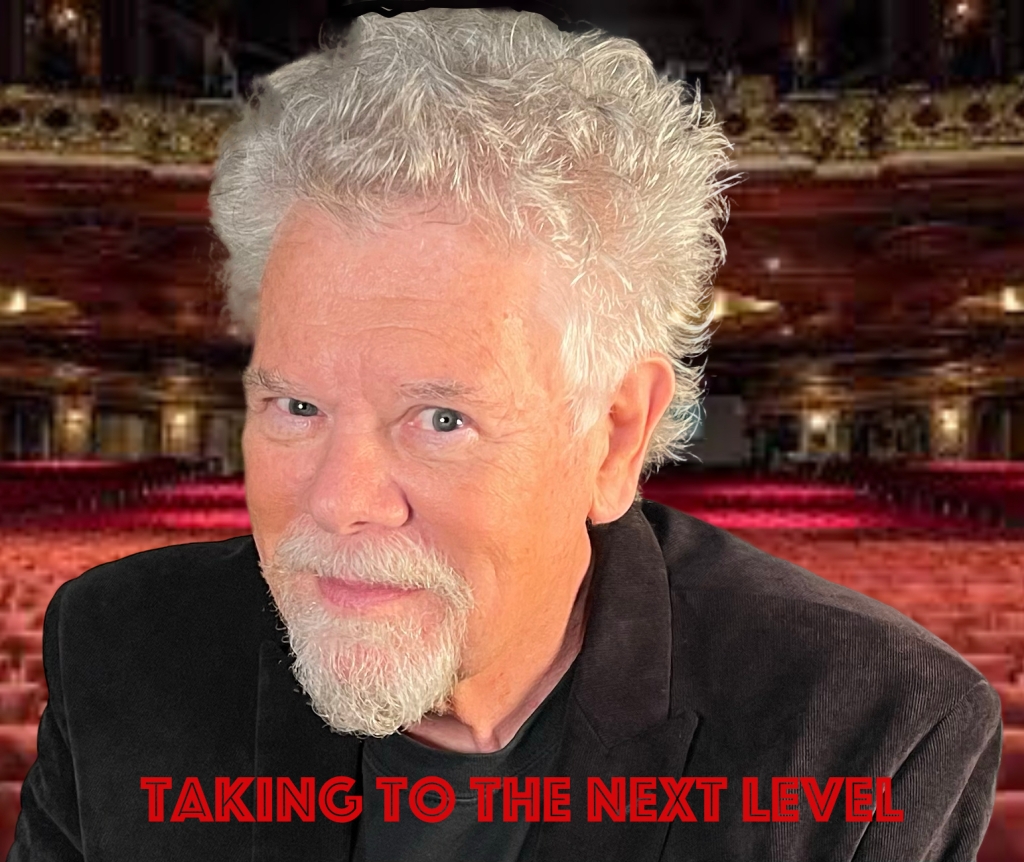
Sadly, there are no hard and fast rules you can apply to shaping or improving a comedy magic show. What is perfect for one person can be disastrous for the next. The only real fixed rule is that the more you perform the better chance you have of really improving your show. With a manipulative or illusion show a mirror and a video camera can go a long way towards refining and perfecting your performance. It is one thing to master the mechanics of the magic you are performing, however, putting comedy into the mix definitely complicates the rehearsal process and introduces an X factor. Constant performance is the only key that allows you to incrementally develop a timing that incorporates the inconsistencies that live audiences bring to the table.

Fifty years of making a living mixing magic and laughs have definitely given me some heartfelt insights into the process of making this particular synergy work. The decade I spent headlining in comedy clubs was a wonderful training in making sure that the comedy in my show was as strong as the magic it contained. It is one thing to get laughs performing magic but quite another to really master both individual disciplines and achieve a blend that doesn’t sell either element short. The good news is that a strong comedy magic act can be immensely commercial and highly bookable. Lay audiences love to laugh; in fact most of them far prefer the experience of laughing to that of being fooled. Many magicians tend to forget this reality point; we particularly enjoy the experience of fooling and being fooled or we probably wouldn’t have become magicians in the first place; lay audiences are much less unified on this point.

What I want to do in this article is to set down a few steps that are well worth considering for the performer who wants to take his or her act to the next level. These steps and observations are based on performing experience I have made during a lifetime in magic and also spending quality time with world-class performers. I truly believe that serious thought about them will improve the quality of any comedy magic show. Do not forget though that however beneficial it is to thinkabout things, it is only by putting those thoughts into application that you can really move forward. While these steps are primarily directed towards improving a show for a lay audience the basic principles hold true for performing to an audience of magicians. However, in this regard I will pass on some great advice I was given by the great Ken Brooke; “If you want to be a professional, never trust a magician’s response to your show or you will end up cutting out the bits that real people enjoy the most and adding things that mean nothing to non-magicians.”

One important thing to remember as you improve your act is that a strong magic show is never a static thing. It is the sum total of the person you are at the moment you are while performing it. I have seen many fine manipulative acts that mold a perfect 12-minute show and then continue polishing that same performance for decades. This really doesn’t work in the comedy field, and yet I see many comedy magicians who take the same approach. Times, attitudes and sensibilities vary very quickly when it comes to “funny” and need to be considered on an ongoing basis. “The Baffling Bra” may have been a viable piece of material a couple of generations ago but is scarily out of tune with contemporary times. No, I am not influenced in making this statement if you tell me, “It still gets laughs in the show!”

One of the chief complaints about comedy magic shows from serious bookers/buyers is the outdated nature of much of the comedy incorporated in the show. The last thing you want to do when presenting yourself as an entertainer is to look like someone who is out of touch with mainstream or contemporary audiences. You don’t need to re-invent the wheel, but you do need to realize that a great deal of comedy magic is very dated and needs to be freshened up. You don’t need to burn your Robert Orben books but you might want to seriously limit your jokes from it and then update them! Saying, “My act works the way it is (and always has) so I‘m not going to change it,” is a sure fire way to avoid improvement.
Molding your performing persona.
There are two basic ways to settle on a performing persona for your comedy magic show:

1 Create a fictional and larger than life character and run your material through that lens or filter while performing. Be prepared to be two very different people onstage and offstage. A perfect example of this approach is the outrageous character that Jeff Hobson has created so successfully. Mac King establishes himself as a “hayseed” character and turns this misconception to his own advantage almost instantly. When I was growing up I used to marvel at the wild onstage antics of Ali Bongo, to meet the quiet and reserved gentleman behind the “Shriek of Araby” was quite a shock.

2 Take your own personality and enlarge it so that it assumes the vehicle for a stage-filling entertainer. This is the more common, and I would suggest easier route. If you meet Michael Finney offstage you are basically talking to much the same person you were enjoying onstage; he is just a little bit more so when onstage. Justin Willman and Michael Carbonaro are perfect examples of magicians who project their offstage personalities adapted perfectly to their performing environment. Many of the more exaggerated magical performers still fit into this category fairly easily; from Tommy Cooper to Amazing Johnathan the “what I am is what you get…” approach is clearly part of their appeal.
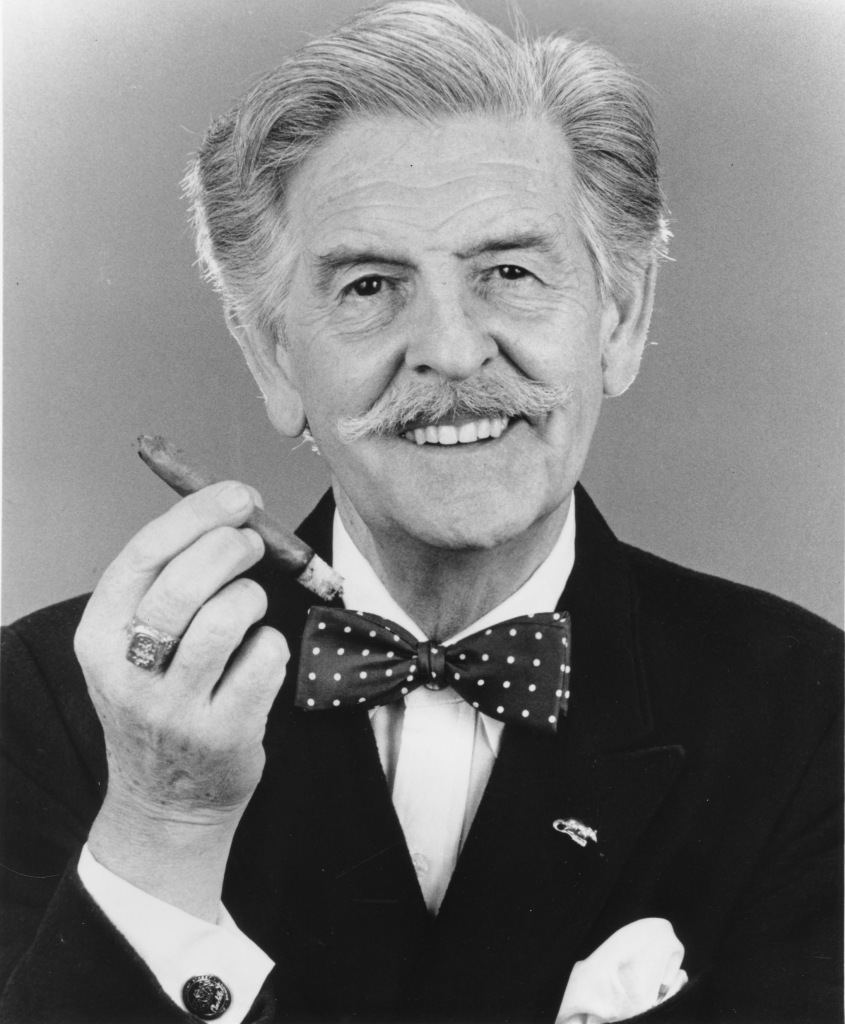
Take a good long look in the mirror and view your videos before deciding if you are more suited to doing funny things or saying funny things. Maybe it is a combination of these two approaches that you should make your goal while you perform your magic. Do you plan on performing “situational comedy magic” where the nature of the magical elements in your show does the heavy lifting in getting your laughs? Do you plan to tell a stream of jokes that keeps the audience laughing while you are performing your magic show? At an early age I became a big fan of the late Billy McComb and the seamless way he combined really strong magic with traditional stand-up comedy and I personally chose this route and have never regretted it.
Once you have adapted your performing persona then you need to use that as the template to shape the rest of your personal style, such as costume and material. When you have established a good persona you are well advised to keep it as a solid and consistent one and it isn’t worth damaging the integrity of it just to accommodate a one off joke or trick. Look for something else that works just as well but allows you to remain in character. There is an unlimited amount of material out there to choose from and one of the weakest reasons to select something is because it works well in someone else’s act. It is a nice goal, but not particularly practical to have every element in your show 100% original, however, if you can integrate something into your work that is true to your character then it gives a holistic originality to the act in general.

Working with, and knowing, as many comedians as I do I am constantly bombarded with negativity about how “stock” most magicians’ material is. Sadly there is way too much too much truth in this opinion for me to defend our community too vigorously. Comedians usually work endlessly to update and perfect their comedy while comedy magicians are often more interested in adding a new trick. One easy solution to this is to make sure your persona is unique and not fall back on any stock smartass magician stereotype.
Shaping your material.
Opening.
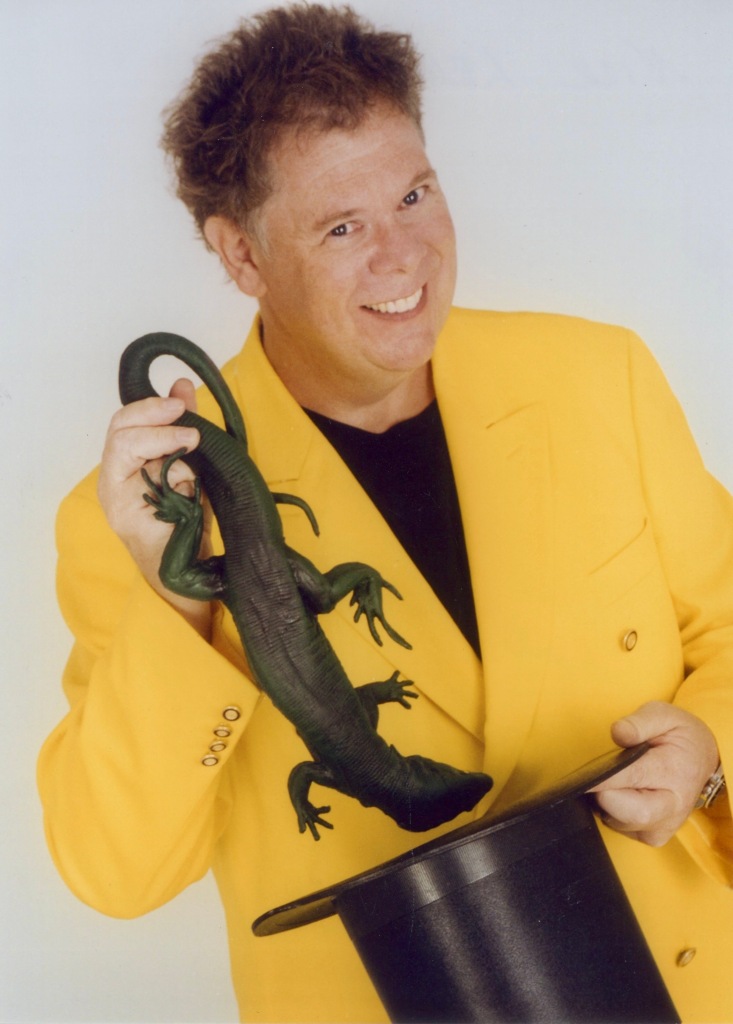
One important thing to realize is that your show begins before you say a word or begin performing any magic. Famously the most vital thing to remember is that a huge part of your audience’s opinion about you is formed during the first 60 seconds they are watching you. Therefore what you a wearing, how you look, and your overall attitude as you hit center stage is of key importance. You must exude confidence and competence as you walk out from the wings to begin your show. No matter what your chosen persona is going to be, the audience need to grasp it immediately and then you can successfully be off and running in that first 60 seconds.
Other vital aspects of a good opening can involve the correct music and lighting to set the tone of what is to follow. Certainly a good spoken introduction is an important consideration that influences your opening. Have a short and effective introduction printed out on a small card for the emcee to read, and then try and make sure that he says it rather than reads it! Don’t fall into the trap of letting the emcee, “Just say anything” or you will almost certainly hate the result. If you don’t care what he says about you then why should he?

Make sure your microphone is working and turned on! Bad sound at the top of your show can be a short cut to looking amateurish and awkward; don’t be so caught up in your props that you cease to remember that your microphone is the most important of them. I could continue with variations on themes like this for quite a while but I think you probably are getting the drift of what I am lumping into concept of the “opening” to a show.
First Trick.

The first trick in your show needs to be a very strong one. In many ways it needs to be stronger than your closing effect, which should be more geared towards the role of achieving applause. That first trick has the most important job of all as it has to establish your style and personality with the audience. Everyone will have a different idea of what does that the most effectively. General rules of thumb are that it shouldn’t require bringing an assistant onstage with you and it shouldn’t be too long or to complicated. My old mentor Billy McComb used to swear by doing a fast visual gag effect upfront because he didn’t think the audience was particularly focused at that point. I am very fond of a “sucker” or “explanation style effect such as the Color Change Silks or Spotcard. A “story” type of effect such as The Six Card Repeat also achieves this result very nicely.
The one important caveat I would apply to any trick in this opening slot is that you should be able to perform it without needing to look at your hands or the props you are using. This allows you to keep in eye contact with the audience at all times. There is no better way to establish a good rapport with your audience than putting a smile on your face and letting your eyes scan the entire venue and encompass the assembled crowd. I am certainly not implying that you shouldn’t look at the props you are employing when you want the audience to specifically focus on them, that is just good stagecraft.
Feature Trick.

Somewhere inside your act needs to be a feature trick. By this I mean an effect that achieves a particularly strong reaction and one that you aren’t afraid to spend enough time to fully explore. This effect can be handled like the centerpiece that your various other tricks frame. It is particularly nice if this effect is one that evokes some strong emotional response from your audience. Comedy magic generally triggers very little emotional response, and allowing one item to appeal to the heart as well as the mind and eyes is very strong theater. Emotion is greatly to be desired in performance. The touching concept that all lay audiences are thrilled with the experience of mystery and being fooled is simply not true: some audience members are and many more are not.
By having several tricks that function as feature effects you can rotate them in your shows and build up a series of shows that are primarily the same format but appear quite different to audiences. Once you have started to build up a repertoire of strong feature effects you can begin to re-examine and revisit them, a good technique is to see how much you can speed up their presentation without losing the impact. Over time it is inevitable that feature effects become somewhat bloated with jokes and business that can be pruned and tightened to good effect. When you have reinvented and retuned them they can be placed back in the act surrounding a new feature or signature trick.
Signature Trick.
As desirable as it might be it isn’t really possible to set out to create a signature effect. These wonderful gifts have a way of arriving in your act and it is your job to discover if one is lurking under the surface of your show. A signature trick is one that fits your style and personality so well that audiences identify you with it, and it with you. It is the strongest piece of performance branding that you can achieve and the sign that you are finally becoming the performer you always wanted to be. Usually these are strong magical effects that have a powerful impact on those watching. However, they can also be a unique little trick or gag that just “clicks” with your audience in a special way.

You will know when you have found a signature trick because people talk about it more than other effects in your show–sometimes even effects that you consider much stronger. When you see this happening it is important to really focus on this effect and work on how to showcase it the most effectively in your show. Always take it very seriously and be aware when it arrives that you have moved to another level as a performer. I am not saying you have to make it a heavy sell in your show, just be aware that it is different from the others and treat it that way.
I found my signature trick in the Linking Finger Rings. This was the trick people wanted to discuss after the show; this was the effect that bookers requested I include in my performance. To this day I never go onstage without being prepared to perform this trick, even if I have absolutely no intention of including it in my show. It is just special. This one routine has resulted in more re-bookings than any other item in my repertoire. It has also resulted in more standing ovations than any other effect, in spite of the fact I almost never close on it. Finding a trick that does this for you is like discovering the pot of gold under the rainbow. Be on the lookout for it!
Linkage.

Nothing shows the difference between an experienced pro and an inexperienced magician more clearly than the way they link the tricks together in their show. If you watch a magician who has the opportunity to perform frequently you will notice how seamlessly they glide from effect to effect. Very often a less experienced performer will seem to present a trick, stop, and then begin another. There is an enormous difference in the reaction of an audience to these two different performance styles. Sometimes, of course, a real pro wants to draw a line or place a period between two tricks and he deliberately breaks the trajectory of his show. He does so, however, in a very deliberate manner totally planned and carefully executed.

Please note that I am not specifically talking about “good” or “bad” performers in the previous paragraph; I am primarily referring to the amount of stage time that the performers have under their belt. It is not easy to add the “linkage” that can make a show run smoothly and effectively. It takes a great deal of practice and planning to create the words, jokes and business to bridge the more obvious tent poles in an act. The first step towards success in this endeavor is to observe the way entertainers you admire tackle this task and then watch less experienced performers. Note the points in the less experienced performer’s show where the energy suddenly dissipates. Then look at the written script of your show (you do have one I hope!) and co-ordinate the “linkage” to make your show glide along as smoothly as a P & L Reel.

An analogy that is always worth thinking about when taking the long view on your show is the time honored one that compares it to a journey. It isn’t just the final destination that counts but all the steps and stages of the journey that get you there. Linkage is the invisible element that makes things go smoothly and cleanly from point A to point B, whether it is a joke, a suitable line of dialogue or a fast and unexpected piece of magic. Linkage will improve things greatly in any show since nothing is more jarring than a sudden awkward pause that lets your audience hear your magical gearshift grinding.
Closer.
Even the best show must come to an end, hopefully before it has overstayed its welcome, which means you need a strong closing effect. It should be a powerful effect that has an obvious applause point at its conclusion. Many performers, and I am certainly one of them, would agree that it is wisest not to end your show with a spectator onstage with you. The reason behind this classic stance is that getting the spectator offstage and back to their seat in the audience causes a delay and visual diversion that takes the attention away from the performer and results in diminishing that all important applause. I have certainly seen performers break this “rule” and have a great closing ovation. However you need to know your timing and have a strong trick and even stronger stage presence to pull it of really successfully though.

Another well-established “rule,” is that a closing trick should not tax the brain too much–because thinking people don’t applaud as readily. I have mixed thoughts on this theory I do believe that it is probably easier to get an audience on their feet and cheering with something more visual than cerebral. My long time closing effect is The Torn and Restored Newspaper. I perform a slow motion restoration and cheerfully inform the audience that the slowing down of the effect makes it much more difficult. While this may not be strictly true, the slow motion, and stage-by-stage restoration of the newspaper, allows the audience to fully appreciate and then react enthusiastically to the effect. The flash restoration of a newspaper is a beautiful thing to watch but my slow motion variation certainly gets me the applause and standing ovations that have established it as my major closing effect for over 35 years.
Bows.
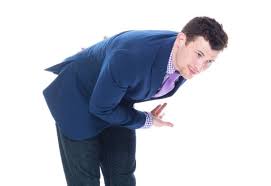
It always amazes me how many variety acts do a great show and then throw away the full impact by giving a terrible bow. Like everything else in show business, a good bow is something to be researched, planned and perfected. The music and lighting must be right, but above all the performer must have the correct mental attitude to apparently effortlessly milk every last “applau” (singular for applause) from his audience. I could give you further ideas and examples about the art and science of taking a good bow but it would be much more beneficial to spend a few hours researching on YouTube. Watch some of the great stars take their bows after a show and observe how carefully and effectively they do it. I referred to it as an art and science for a good reason! Keep watching some of those London Palladium and Ed Sullivan acts until you grasp my idea of a true bow—then go forth and do likewise.

There is a great deal of emphasis placed in magical theory on Robert-Houdin’s quote, “A magician is an actor playing the part of a magician.” While valid on a certain level I feel this statement needs very careful re-examining. I think it has lost something in the translation, and often seems to lead to an element of self-importance and preciousness entering into a performance. It is more important to be a good magician with a strong act than a half assed actor. Let’s balance Robert-Houdin’s quote with a little Shakespeare; “The play is the thing!” It is no good working at being an actor unless you have a worthwhile vehicle to act in. Focusing on texture and dynamics is a splendid way to turn an act into a genuine performance and before you know it you end up with an arc and a subtle storyline to improve your show.
Afterthoughts.
There are no indisputable and inviolable truths when writing about a topic like this, but I have done my best to raise a few ideas that are well worth your time to consider. There are many other things I could have talked about, but I am quite content with the ones I have chosen. However, since an afterthoughts heading seems to invite it, let me leave you with ten more simple thoughts that could probably each have been developed into full-scale themes.
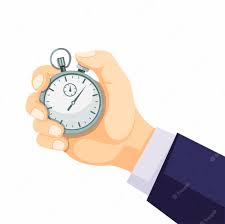
1 Do your time. To be a good and commercial act you need to know how long your performance is scheduled for and stick to the time. No saying; “The show is killing, I will just keep going,” or “This crowd sucks, I’m outa’ here!” Be a professional and do your agreed upon performance time. The average performer has no idea what other factors may be affected if he is cavalier in his timing. I know of quite a few bookers who are hesitant about hiring magicians because they are erratic in their timing. Keep an extra trick in reserve in case the show is running short and also have a trick towards the end of your act that can be jettisoned if you are running overtime.

2 Don’t take material from another performer’s act. Ever. If someone is doing something in his or her shows exactly as performed on a tutorial DVD and you have bought that video (or product) then you may perform the marketed version as supplied with the purchase. What you may not do is take the extra jokes, bits and timing that any other performer has added. This rule includes anything you see on YouTube; because it has been posted on social media does not mean it is fair game to steal.
3 Avoid the trap of seeing “how much time you can get out of a trick.” A better policy is to see how little time it takes you to get the maximum impact out of a routine. There are plenty of tricks in magic; don’t be afraid of tightening everything up and adding an extra effect in the space you have created. Always be on the lookout for a way to add an extra double punch ending to any trick, assuming it strengthens the effect or weaken what came before. Comedians use a term “going beyond the punch line” for moments when you should have stopped a joke but buried the laugh by saying something extra that wasn’t needed.

4 Do not equate how much money you spent on a trick with how long it should play in your act. The same approach also applies to how much time you spent when perfecting a trick. Keep it lean and mean and cut out all the fat. It doesn’t follow that a thousand dollar chair suspension in your kids’ show will get any more reaction than a couple of balloons or a breakaway wand. Adjust the degree you focus on a prop with the interest and energy it creates rather than the impact it had on your wallet.
5 Make sure the audience realize that you are having fun performing your act. Even if you are bored to tears–don’t let it show. Enjoy yourself and let it show. This is the status quo your audiences want to believe in, so keep the illusion going, even if you are exhausted or have a 102-degree fever. Nothing is more contagious than a big smile and looking like you are having fun.

6 Know every word you are going to say onstage just as you know everything you are going to do onstage. You owe both yourself and the audience this level of commitment. If you know exactly what you are planning to do in your show it leaves your mind free to be in the moment and take care of (and advantage of) any unforeseen last minute changes that need to be addressed or improvised.
7 Always remember the magic mantra “If they can’t see it or hear it they won’t enjoy it.” Your first duty as a performer is to be seen and heard. Billy McComb had a wonderful philosophy in this regard, “Tell them what you are going to do, tell them what is happening as you do it, and then tell them exactly what happened after you have done it.” There is a wealth of real world wisdom in Billy’s words.

8 When you are giving an assistant instructions about what to do during a trick make sure you do so in a very clear and concise manner. Let him know exactly what to do and how to do it. This shows respect for them and also makes it much more likely that things will go smoothly in the effect. Many onstage assistants are a little surprised or dazed when they find they are under the spotlight, so take the time to show them exactly what you expect them to do.
9 Always have back ups available of every prop you use onstage that may break or get lost. You should also have suitable outs available for any occasion that might need them during your show. If you are doing any kind of card trick then an Invisible Deck in a sealed envelope on your table can extract you from a great many problems. Hope for the very best but be prepared for the very worst. Have that round the neck microphone holder ready in case your headset gives up the ghost or starts to pick up the local taxi company!
10 Make every part of the routine you are performing as entertaining as possible. There are many effects that spend a great deal of time building up to a very fast finale/reveal. Keep the entertainment value going for the four minutes that it might take to build up to that 15-second finale, or your viewers might not come along for the journey with you. Add booster laughs and effects scattered throughout the trip. The average attention span of an audience is a lot shorter today than it was a decade ago so it pays to be careful in avoiding dead time.
